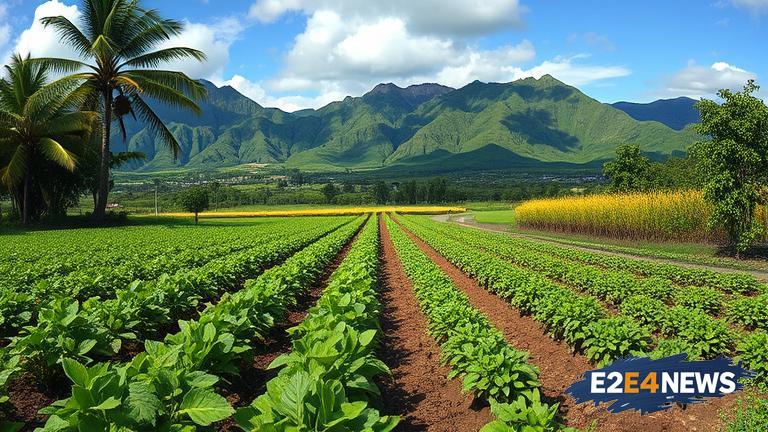Local food production advocates in Hawaii are scrambling to find new funding sources for farmers after the United States Department of Agriculture (USDA) announced cuts to its programs. The USDA had been providing financial support to farmers in Hawaii through various initiatives, including the Specialty Crop Block Grant Program and the Beginning Farmer and Rancher Development Program. However, due to budget constraints, the USDA has been forced to reduce its funding for these programs, leaving many farmers in Hawaii without a vital source of financial support. The cuts are expected to have a significant impact on the local agricultural industry, which is already struggling to compete with cheap imports from other countries. Many farmers in Hawaii are small-scale producers who rely heavily on government funding to stay afloat. Without this support, they may be forced to scale back their operations or even go out of business. Local food production advocates are urging the state government to step in and provide alternative funding sources for farmers. They argue that supporting local agriculture is essential for food security, economic development, and environmental sustainability. Hawaii is heavily reliant on imported food, with some estimates suggesting that up to 90% of the state’s food is imported from other countries. This makes the state vulnerable to supply chain disruptions and price fluctuations. By supporting local farmers, the state can reduce its reliance on imports and promote a more sustainable food system. Advocates are also calling on the federal government to reconsider its funding cuts and provide more support for local agriculture. They argue that the USDA’s programs have been successful in promoting local food production and reducing poverty in rural areas. The cuts are not only affecting farmers but also the wider community, including consumers who rely on local produce. Some farmers are exploring alternative funding sources, such as private grants and crowdfunding, but these options are limited and often unpredictable. The state government has announced plans to provide some funding for local agriculture, but it is unclear whether this will be enough to offset the losses caused by the USDA cuts. In the meantime, farmers and advocates are bracing themselves for a difficult period ahead, with many warning that the cuts could have long-term consequences for the local agricultural industry. The situation is being closely watched by other states, which may also be affected by the USDA’s funding cuts. As the debate over funding for local agriculture continues, one thing is clear: the future of Hawaii’s farming industry hangs in the balance.
